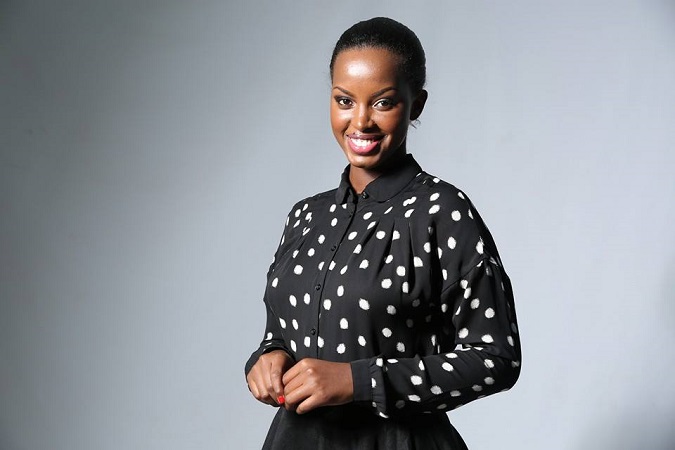We recently introduced you to media personality Flavia Tumusiime’s YouTube channel, which has already attracted over 5000 followers.
In in the latest video posted on the channel, Tumusiime narrates how, in trying to raise her finances while at university, she launched a business that failed spectacularly.
She says she was at the time involved in another job but wanted to consolidate her income since the other job “wasn’t paying enough”.
The idea she conceived was a food delivery business and she nabbed a deal with a health firm.
“It did well… the first couple of months I made money, just enough to pay my chef and two others and have a bit of transport here and there,” Flavia Tumusiime says. “It failed miserably but I also know why it failed, coz (sic) probably I didn’t make enough time for it. I did have an 8 to 5 [job] and this was my side hustle.”
Having learnt the hard way, Tumusiime decided to interview Paula Mugisha Henriette, the founder of Teesa, a business advisory firm, to walk her followers through the first phases of starting a business.
Turning an idea into a business
According to Mugisha, at Teesa Advisory Services, they have a philosophy that “not everyone should go into business, and not everyone should go into any business.”
The entrepreneur who graduated magna cum laude in Business Enterprise from the University of Buckingham tells Tumusiime that most people’s businesses are driven by need, i.e. you’ve no job, but you need to survive so whatever idea that pops up in your mind, you go with it. She describes this as the ‘Searching’ stage in entrepreneurship.
When trying to find a path in the business world, she says, don’t look at what others are doing but look inside yourself and know “what you are good at, what you’ve always wanted to do; you don’t have to have studied it but you know you can do it, that’s where I would start.”
Monetization: Paula Mugisha says that after being true to yourself about your talents, then do research on demand. Talk to your target customers about prices, payment systems, etc.
Differentiator: This is the part where, if you are starting a business that has multiple players (food, clothes), you compare your idea with the rest and see how you are different or how you’ll pull customers from your competition.
Customize your business: for ideas that have been borrowed from a market that differs from yours in culture, beliefs, spending power, you need to tailor it to your customers.
Out of the box: At times you need to look at what people are not doing, that’s actually needed, and do it. As Paula Mugisha put it: “innovation happens when you pull the trends from the future into the present”.
[ot-video][/ot-video]

